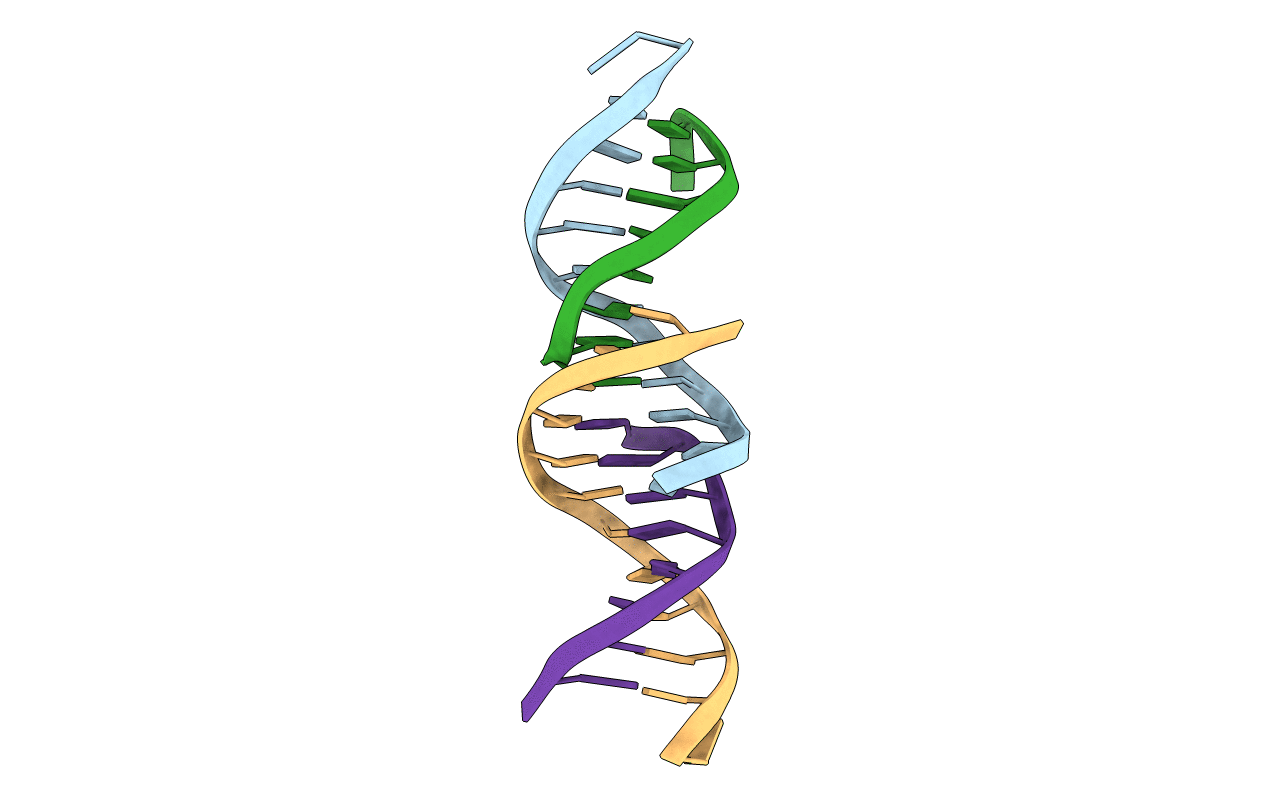
Deposition Date
1999-09-30
Release Date
2000-01-01
Last Version Date
2024-02-07
Entry Detail
Biological Source:
Source Organism:
Method Details:
Experimental Method:
Resolution:
1.80 Å
R-Value Free:
0.27
R-Value Work:
0.21
R-Value Observed:
0.21
Space Group:
P 42


